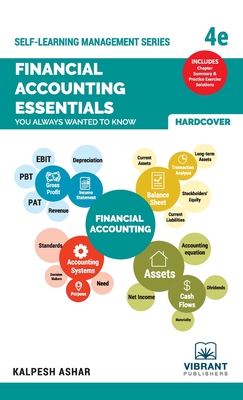Understanding the US Department of Education Loan: Your Comprehensive Guide to Student Financial Aid
#### US Department of Education LoanThe **US Department of Education Loan** program is a crucial financial resource for millions of students across the Unit……
#### US Department of Education Loan
The **US Department of Education Loan** program is a crucial financial resource for millions of students across the United States. It provides federal student loans to help cover the costs of higher education, including tuition, room and board, and other educational expenses. With various loan types, understanding the ins and outs of this program can significantly impact your educational journey and financial future.
#### Types of Loans Offered
The US Department of Education offers several types of loans, each designed to meet different needs. The most common are:
1. **Direct Subsidized Loans**: These loans are available to undergraduate students who demonstrate financial need. The government pays the interest while you are in school at least half-time, during your grace period, and during deferment periods.
2. **Direct Unsubsidized Loans**: Available to both undergraduate and graduate students, these loans do not require financial need. Interest accrues while you are in school, and you are responsible for paying it.
3. **Direct PLUS Loans**: These loans are for graduate students and parents of dependent undergraduate students. They require a credit check and can cover the full cost of attendance minus any other financial aid received.

4. **Direct Consolidation Loans**: This option allows borrowers to consolidate multiple federal student loans into one loan with a single monthly payment, potentially simplifying the repayment process.
#### Application Process
To apply for a US Department of Education loan, students must complete the Free Application for Federal Student Aid (FAFSA). This application determines eligibility for federal financial aid, including grants, work-study, and loans. It’s essential to fill out the FAFSA as early as possible to maximize your financial aid opportunities.
#### Repayment Plans
Once you graduate or drop below half-time enrollment, you will enter the repayment phase. The US Department of Education offers various repayment plans to accommodate different financial situations:

1. **Standard Repayment Plan**: Fixed payments over ten years.
2. **Graduated Repayment Plan**: Lower payments that increase every two years, also over ten years.
3. **Extended Repayment Plan**: Fixed or graduated payments over 25 years for borrowers with larger loan amounts.
4. **Income-Driven Repayment Plans**: Payments based on your income and family size, which can lead to loan forgiveness after a certain number of qualifying payments.
#### Loan Forgiveness Programs

In addition to repayment options, the US Department of Education offers several loan forgiveness programs for eligible borrowers. For example, the Public Service Loan Forgiveness (PSLF) program forgives the remaining balance on Direct Loans after 120 qualifying monthly payments while working full-time for a qualifying employer. There are also Teacher Loan Forgiveness programs for educators who meet specific criteria.
#### Conclusion
Navigating the world of student loans can be overwhelming, but understanding the US Department of Education Loan options and processes is essential for making informed decisions about your education financing. By familiarizing yourself with the types of loans available, the application process, repayment plans, and forgiveness programs, you can better prepare for your financial future and make the most of your educational opportunities. Always remember to stay informed and seek guidance when needed, as this can help you manage your student loans effectively.